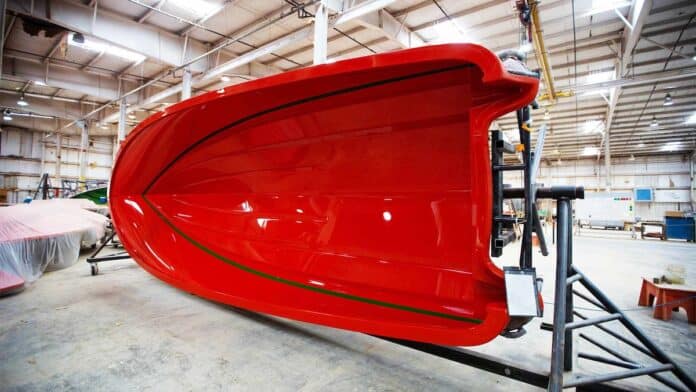Net sales increased 3% to $1.05 billion for Patrick Industries in the second quarter of 2025, compared to $1.02 billion in the second quarter of 2024.
The growth was driven by a 7% increase in the company’s RV business and 3% growth in its Housing business.
Patrick Industries’ Marine segment was responsible for 15% of revenue which decreased 1% to $156 million while estimated wholesale powerboat industry unit shipments decreased 5%.
The company’s Powersports business declined 7%.
Operating income increased 2% to $87 million, while operating margin was 8.3%, or flat versus the prior year.
Net income decreased 32% to $32 million compared to $48 million in the second quarter of 2024.
Net income
Excluding one-time expenses related to a legal settlement, adjusted net income in the second quarter of 2025 was $51 million, compared to adjusted net income of $48 million in the prior year period.
“We continued to focus heavily in the quarter on expanding our innovative solutions-based offerings and capabilities through our prototyping and Advanced Product Group, along with our investments in the aftermarket through RecPro,” explained Andy Nemeth, chief executive officer.
“Our strong cash flows, solid balance sheet with ample liquidity, and flexible operating model strategically position us to be scalable to quickly pivot and accelerate growth when the retail market inflection occurs while continuing to pursue accretive acquisitions that align with our long-term objectives.”
Optimistic outlook
The company is optimistic in outlook, believing consumer sentiment will improve as the year progresses due to resilience in the equity markets and added clarity related to tariffs following the uncertainty experienced in April.
“With the bulk of the retail selling season behind us in our Outdoor Enthusiast markets, our expectation for lower wholesale shipments in the second half of the year compared to the first half remains relatively unchanged,” continued Andy.
“The strategic operational adjustments we have continued to make have positioned us to capitalise on positive market developments should demand exceed our forecast.”






